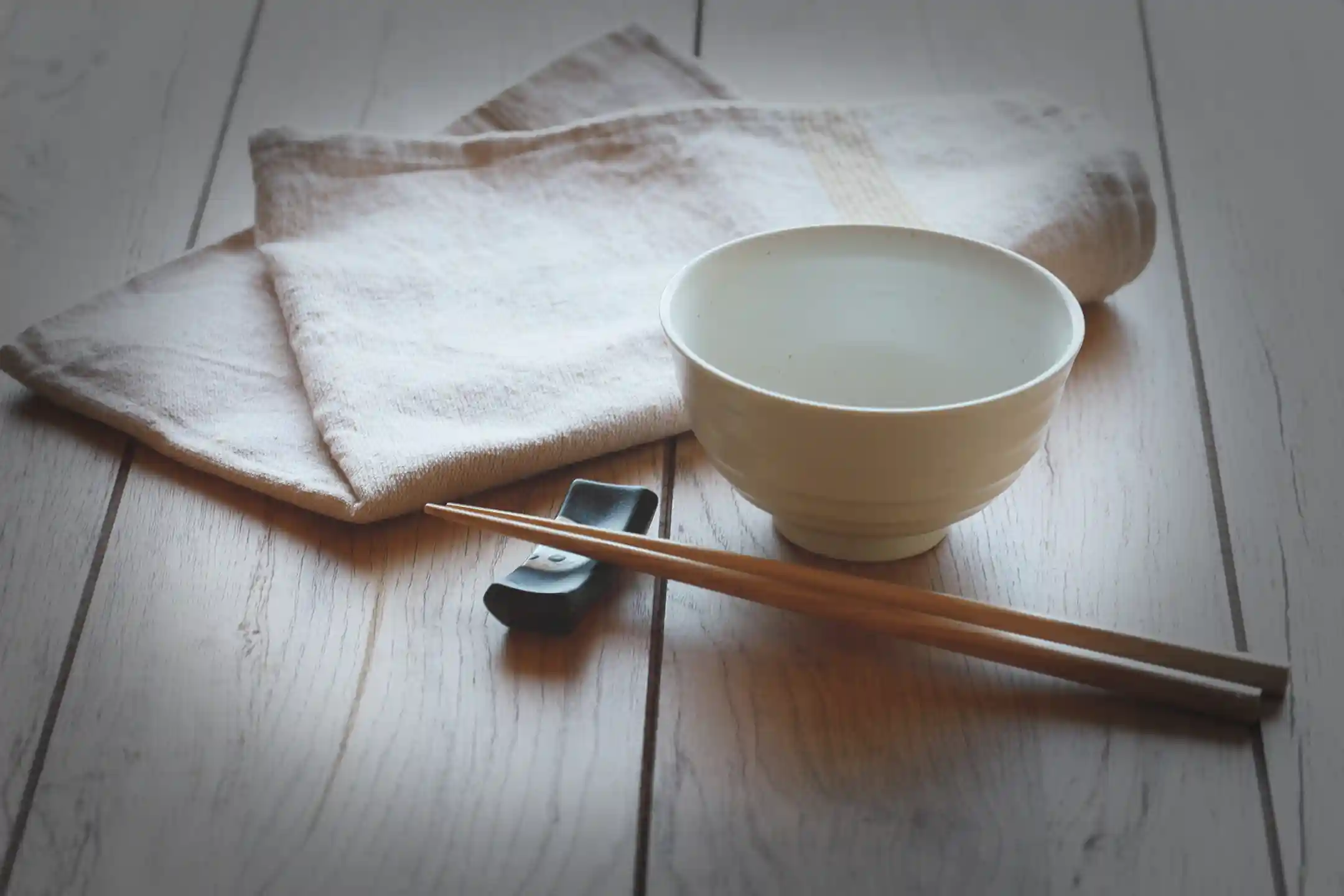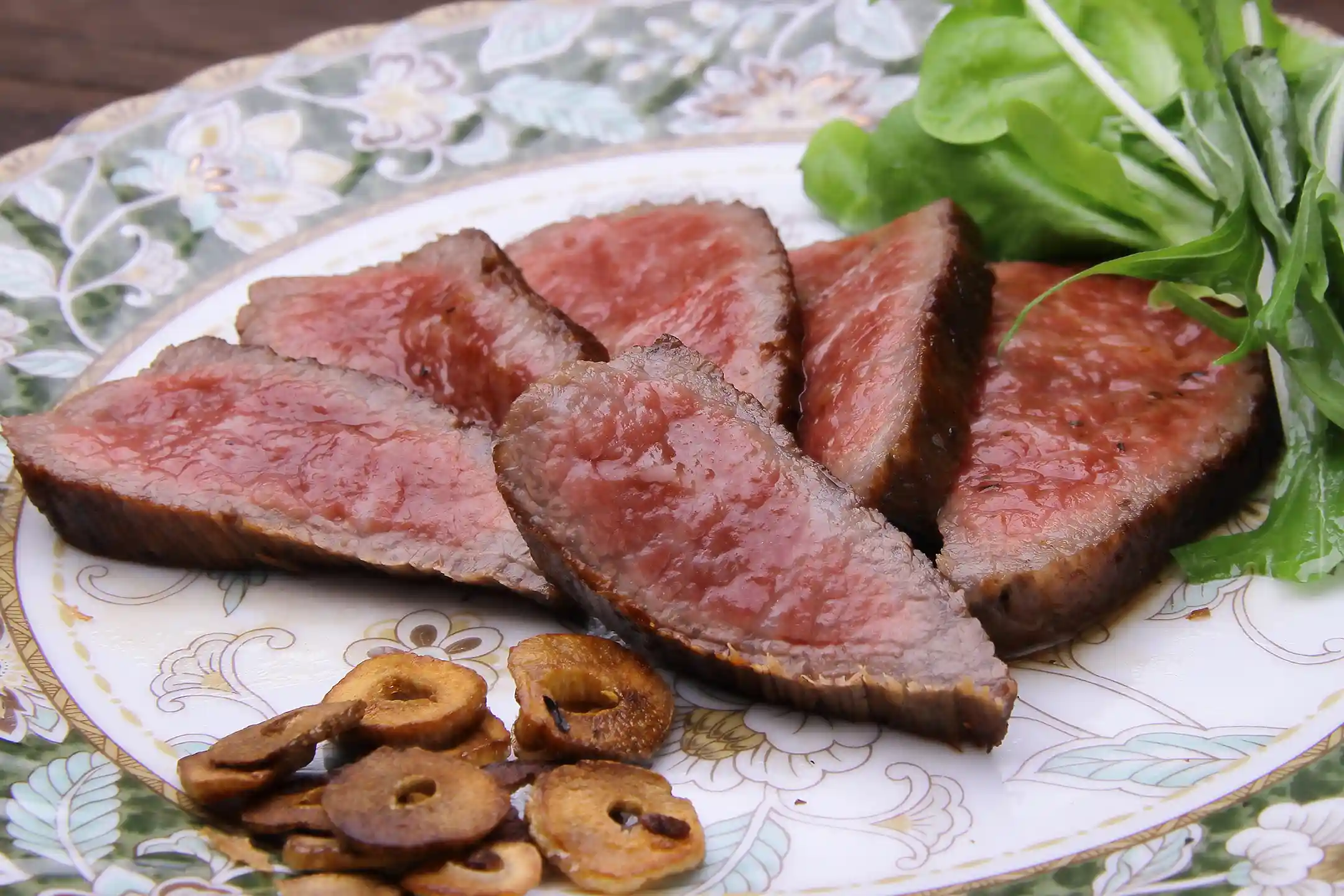Japanese eating etiquette isn’t merely a set of rules—it is a living expression of culture, history, and mindfulness that embodies deep respect for people and nature alike.While many Western cultures prize individual spontaneity, Japanese etiquette maintains wa (harmony), ensuring that everyone at the table feels at ease. Recognizing these cultural nuances turns seemingly rigid rules into gestures of care and consideration.
In this guide, you’ll explore everything from fundamental chopstick skills and dish handling to age‑old tea‑ceremony etiquette, regional dining customs, and situational manners. Discovering the spirit behind each practice will help you navigate local interactions smoothly and enrich every meal you share in Japan.
What Is “Japanese Eating Etiquette”?
Japanese eating etiquette—often simply called Japanese etiquette—blends centuries of history, aesthetics, and values that prioritize human connection. UNESCO’s 2013 recognition of washoku (traditional Japanese cuisine) as an Intangible Cultural Heritage (*1) spotlights this commitment to honoring ingredients, seasons, and those who prepare the food.
Three core values shape these manners: Respect, Harmony, and Beauty. Respect surfaces in phrases like itadakimasu and gochisōsama, which thank nature, cooks, and dining companions. Harmony encourages moderate volume and synchronized greetings. Beauty appears in elegant plating, thoughtful tableware, and graceful chopstick movements.
Because collective comfort outweighs individual ease, approaching differences with curiosity—asking why a custom exists—deepens your appreciation of Japanese etiquette at the table.

Learning the Basics of Japanese Etiquette
Proper Use of Chopsticks
Chopsticks are inseparable from Japanese cuisine. Rest the lower stick against your ring finger and thumb base, then move the upper stick with thumb, index, and middle fingers—much like using a pair of pincers.
Avoid stabbing food (sashi‑bashi) or pointing (sashi‑bashi). Especially taboo are passing food from chopstick to chopstick (hashi‑watashi) and leaving chopsticks upright in rice (tate‑bashi), both reminiscent of funeral rites (*2). Respect this sensitivity by using a chopstick rest or folding the paper sleeve into one.

Handling Dishes and Tableware
The beauty of Japanese cuisine extends to gentle dish handling. Hold small bowls—rice or soup—in one hand while eating; heavier donburi bowls may stay on the table.
When a dish has a lid, remove it softly and place it upside‑down beside you, then replace it lightly after finishing. Never stack dishes; treating each item with care is a hallmark of Japanese etiquette (*3).
Dining Taboos and Points of Caution
Universal rules such as avoiding loud chewing or talking with a full mouth apply, yet slurping noodles is welcomed and believed to enhance flavor.
Embodying the concept of mottainai—avoiding waste—finish what you order or ask about takeaway options (*4). Refrain from resting elbows on the table or scrolling on smartphones, as subtle gestures can disturb the group’s harmony.
Historical and Traditional Roots of Japanese Etiquette

Delicate Manners in the Tea Ceremony
The tea ceremony epitomizes refined Japanese etiquette. Codified by masters such as Sen no Rikyū during the Sengoku period, each movement fosters equality and comfort—avoiding tatami edges, tilting the bowl before drinking, and entering through a low doorway to minimize status gaps. These mindful rituals shaped hospitality standards that still inform modern dining.

Samurai Culture and Chopstick Origins
Originally sacred ritual tools, chopsticks adopted stricter rules in the samurai era. Wood selection and meticulous craftsmanship reflected reverence for food, contrasting with Western cutlery design. Seeing chopsticks through this historical lens transforms prohibitions into meaningful gestures of respect.
Local Food Culture and Regional Cuisine
Collaboration with Traditional Crafts
Tableware itself elevates regional dishes. Vibrant Kutani‑yaki from Kanazawa or Arita‑yaki (Imari ware) from Saga infuse local aesthetics into the meal. Practices like kintsugi—mending ceramics with gold—celebrate imperfection and longevity, revealing Japan’s unique philosophy of cherishing possessions (*1,2).
Savoring Seasonal Delights
Distinct seasons inspire culinary traditions: spring bamboo shoots, summer eel, autumn matsutake mushrooms, and winter hot pots. Tableware and garnishes echo these cycles, underscoring communal gratitude for nature’s bounty.
Situational Etiquette
Sushi Bar Manners
Dip sushi fish‑side‑down into soy sauce, and brush gunkan rolls with soy sauce using ginger. Eat each piece in one bite when possible and cleanse your palate with ginger between varieties.

Izakaya Toasting and Pouring Drinks
Wait until everyone is served, then toast while slightly lowering your glass if seniors are present. Pour drinks for others—never yourself—and accept refills with both hands, expressing thanks. Modern awareness of alcohol‑free choices is increasingly respected.
Home Visit Etiquette
When visiting a Japanese home, remove shoes neatly, offer a small gift, and bow lightly upon entering a tatami room. Even simple gestures—polite chopstick use, careful dish handling—demonstrate genuine appreciation.

Enjoying Refined Dining Experiences
Michelin‑Starred Restaurants
Top venues such as Sukiyabashi Jiro or Kikunoi require punctual reservations. Follow dress codes—jackets for men, understated elegance for women—and avoid strong fragrances. Eat promptly and thank staff warmly afterward.
Innovative and Eco‑Conscious Restaurants
Sustainable establishments like Saido in Tokyo offer inventive vegan washoku. Shonan T‑SITE promotes food‑waste reduction and local produce, aligning gastronomy with community values .

Conclusion: Experience Japanese Eating Etiquette
Japanese etiquette at the table revolves around respect, harmony, and beauty. By embracing these customs, you’ll deepen connections with Japan’s culture, landscape, and people—turning every meal into a memorable cultural journey.
Author Bio

Natsumi Ikeshita
Experienced in B2B SaaS marketing and “omotenashi,” Natsumi directs media operations with a focus on hospitality and cultural storytelling. Her global experience and marketing skills bring fresh value to Bespoke Discovery’s content.




.webp)
.webp)